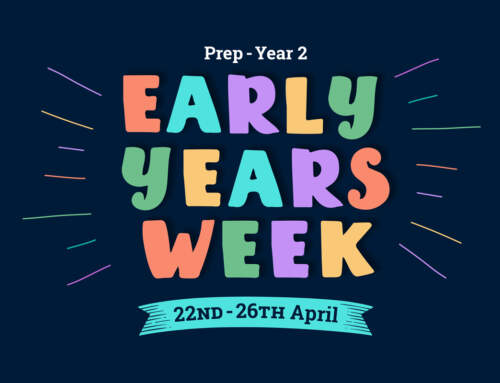Multi-tasking is a highly valued skill in today’s busy world. It is the ability to work on multiple tasks at the same time which is meant to maximize productivity. It may be a technical point to make but in fact, the human brain is a sequential processor meaning it can only focus or pay attention to one task at a time. Therefore, to the human brain, it’s more like fast task switching not multi-tasking because we are biologically incapable of processing two concepts at the same time. Professor of Psychology Daniel Levitin has said that this multi-tasking and all this task-switching depletes glucose in the brain, which causes us to get cloudy-headed and tired. Research is now suggesting that it takes much longer to complete tasks if you’re multitasking compared to a unitasking approach. In fact, multi-tasking can cause a reduction in productivity.
Have a look at what the Harvard Business Review said in an article titled ‘How and Why to Stop Multitasking’:
“You might think you’re different, that you’ve done it so much you’ve become good at it. Practice makes perfect and all that. But you’d be wrong. Research shows that heavy multitaskers are less competent at doing several things at once than light multitaskers. In other words, in contrast to almost everything else in your life, the more you multitask, the worse you are at it. Practice, in this case, works against you”.
We are now confident in saying that switching between tasks on our devices such as working on our English assessment one minute and checking our Facebook notifications the next can add a significant amount of stress to our cognitive capacity and abilities. It increases the chances of overlooking and misinterpreting important information which in turn can reduce memory retention.
The trouble with multi-tasking is that it produces a chemical release called dopamine. When we are working on an assessment this chemical is released whenever we receive a new social media or email notification, therefore making “multi-tasking” feel good while simultaneously reducing your productivity.
Researchers have found that as stress levels increase (which is caused by prolonged use of technology), and stimulation runs higher we are overloading the pleasure center of the brain. This overload can cause the brain’s pleasure center to require an increase in the amount of stimulation before releasing more feelings of pleasure. In other words, it’s the beginning of an addiction. This inadvertently restricts our brain from experiencing pleasure from the ordinary, simple things in life.
This difficulty experiencing pleasure can drive us to increase our pursuit for pleasure needing to go harder and faster. Spending more time checking Facebook, Tik Tok, and Messages. The word FOMO has now been added to the Oxford Dictionary and is defined as anxiety that an exciting or interesting event may currently be happening elsewhere, often aroused by posts seen on a social media website. The key to remember is that multi-tasking (or more accurately task switching) can lead us into a digital addiction and because young people’s brains are still developing, they are more susceptible to addiction.
It was mentioned previously that prolonged use of technology can increase stress levels, this is because the prolonged use increases cortisol levels in the body, which is a chemical involved in activating the fight/flight/freeze response to perceived danger. If these cortisol levels stay too high for too long, anxiety and depression can be the result.
Although this harsh review of the impacts of multi-tasking can be sobering, it is an important light to shine, particularly as we all seek to encourage and support our students to succeed at Mueller College. Some tips around how we can move toward an approach of learning that our brain is better accustomed to can be found below. Called unitasking, it simply means to focus on one thing at a time.
Tips for Digital Balance:
•Prioritize your important tasks by making a checklist.
•Allocate a specific amount of time next to each task on your checklist.
•Plan your day/week out so you know what to tackle, when to tackle it, and for how long.
•Schedule when you will check emails /Facebook/tik tok, so you reduce the temptation to check them during study time.
•Turn off notifications when working on assignments/homework etc. (For iPhone it’s called “Do Not Disturb”)
•Keep any digital activities to 1hr blocks then have a rest (go for a walk/stretch etc.)
•Focus on one subject per study block (don’t go back and forth from English to Ancient History etc.)
•Close your door when you are working with the aim of making your workspace quiet and clear of any distractions.
•Best to face a blank wall to minimize distractions.
Anthony Ryan – Counsellor






